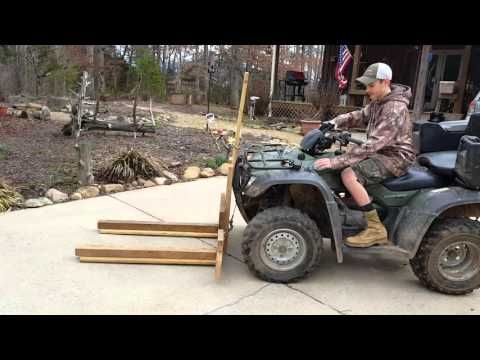LendingTree helps you shop for your best ATV financing rate with powersports loan offers you can compare
Let's find the best powersports loan for you
View Free Offers
View free offers in minutes
LendingTree is compensated by companies on this site and this compensation may impact how and where offers appears on this site (such as the order). LendingTree does not include all lenders, savings products, or loan options available in the marketplace.
Answer a few simple questions
Get matched with up to five lenders
With the right loan that’s right for you
View Free Powersport Loan Offers
Whether you know the exact powersports vehicle you want to purchase or you’re shopping around, getting preapproved will make the shopping and purchasing process easier and quicker. Fill out a form on LendingTree to get possible loan amounts as well as rates and terms from up to five lenders, depending on your creditworthiness.
To get preapproved, you’ll need the following items:
A powersports loan from a bank
Banks tend to have great name recognition, 24/7 customer service and versatile mobile apps. However, some banks may not offer powersports or ATV loans, and those that do may not have the best available rates.
ATV financing through a credit union
Credit unions tend to offer lower loan rates than banks. Some have minimal requirements for membership, such as Consumers Credit Union, which only requires a one-time donation of $5.
Some have minimal requirements for membership, such as Consumers Credit Union, which only requires a one-time donation of $5.
Borrowing from an online lender
LightStream, the online lending arm of Truist, had the lowest average closed loan rate for powersports borrowers who applied through the LendingTree platform in 2020. But some online lenders offering unsecured personal loans may have higher rates than what you could get elsewhere.
ATV, Jet Ski and snowmobile loans from the manufacturer
Powersports manufacturers, such as Honda, Polaris and Yamaha, may offer financing for the powersports vehicle you want. Depending on the model and when you’re looking to buy, the manufacturer may also offer a rebate as a financing incentive. You may need good to excellent credit to qualify for rebates or low-APR financing.
Depending on the model and when you’re looking to buy, the manufacturer may also offer a rebate as a financing incentive. You may need good to excellent credit to qualify for rebates or low-APR financing.
Powersport financing through the dealership
Most dealers will help you find financing with a lender such as a bank, credit union or manufacturer. But they typically are not themselves lenders. So-called “buy-here, pay-here” dealers may charge high prices and high APRs. If one of the traditional loans we’ve already mentioned isn’t a good fit for you, consider using a credit card, ideally paired with a hefty down payment, or paying cash.
Compare Powersport Financing Offers
An all-terrain vehicle (ATV) is any self-propelled vehicle with two or more wheels that is manufactured for sale to be used primarily off-highway or in off-road competitions, and that is no wider than 70 inches and weighs no more than 1,000 pounds.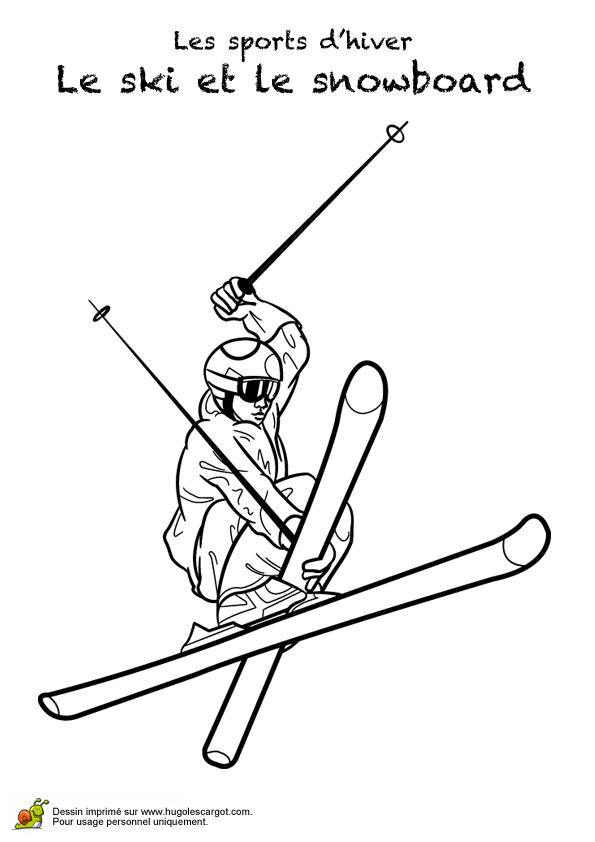 This does not include vehicles manufactured for off-highway use and designed exclusively for travel on snow or ice, and supported by one or more skis, belts or cleats that utilize an endless belt tread. Those vehicles, which include snowmobiles, are subject to other laws and regulations.
This does not include vehicles manufactured for off-highway use and designed exclusively for travel on snow or ice, and supported by one or more skis, belts or cleats that utilize an endless belt tread. Those vehicles, which include snowmobiles, are subject to other laws and regulations.
An ATV must be registered with the Department of Motor Vehicles (DMV) if it is operated anywhere in New York State, including on the owner's property.
When you register a new or used ATV for the first time, your registration will expire each year on August 31. Registrations for ATVs originally registered before April 1, 2005, will continue to expire each year on April 30.
ATV dealers are required by law to register every ATV they sell to New York State residents or to non-residents before the purchaser takes delivery; unless the purchaser qualifies for an exemption from registration. A purchaser is exempt from registration when the ATV will be used exclusively: outside of New York State; at special events; for agricultural purposes; or for snow plowing other than for-hire. Dealers must have the purchaser complete and sign a "Declaration of Exemption From Snowmobile or All-Terrain Vehicle Registration" (RV-6).
Dealers must have the purchaser complete and sign a "Declaration of Exemption From Snowmobile or All-Terrain Vehicle Registration" (RV-6).
Unless you qualify for an exemption from registration, you cannot take delivery from an authorized dealer until after the ATV is registered.
If you buy an ATV from a person who is not a New York State registered ATV dealer, you must register the ATV with the DMV. To register the ATV; you must complete an "Vehicle Registration/Title Application" (MV-82) and submit it to a motor vehicle issuing office. To register an ATV; you must provide proofs of ownership, sales tax payment or exemption, your identity, and your date of birth.
Acceptable proof of ownership are:
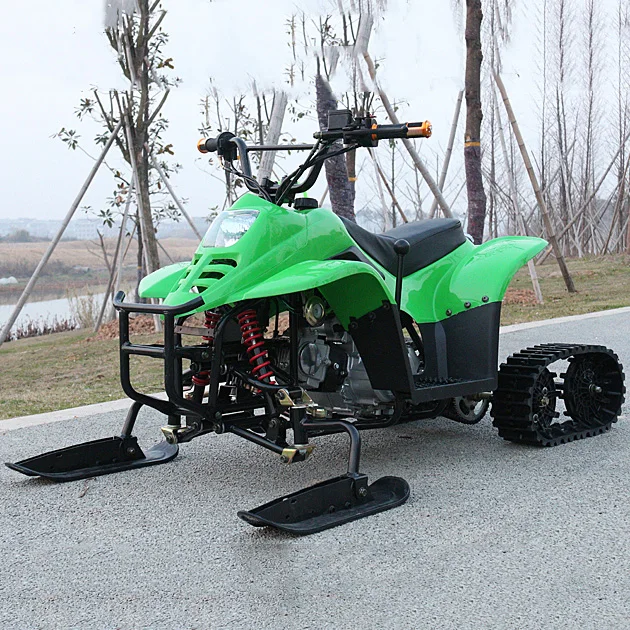
If you buy your ATV from a registered New York State dealer, you should receive a bill of sale in addition to the acceptable documents that prove ownership. The bill of sale must contain the dealer's name, address and dealer registration number, plus your name and address, the ATV vehicle identification number, the year, make, model, and number of wheels. The bill of sale also must indicate that the ATV is either new or used, and must confirm that the dealer has collected the appropriate sales tax.
If you buy the ATV from a person who is not a registered dealer, you must pay the sales tax at a motor vehicle office. To determine the proper amount of sales tax, the DMV needs proof of what you paid for the ATV. Have the seller sign and give you a Statement of Transaction- Sale or Gift of Motor Vehicle, Trailer, All-Terrain Vehicle (ATV), Vessel (Boat), or Snowmobile (pdf) (at NY State Department of Tax and Finance) (DTF-802). You must submit this form to the motor vehicle office, and pay the appropriate sales tax, before registering your ATV:
You must submit this form to the motor vehicle office, and pay the appropriate sales tax, before registering your ATV:
Acceptable documents that prove payment of sales tax are:
To register an ATV, you must provide proof of who you are. You must provide proof of identity, date of birth, and at least six points of proof of name. For the most recent listing of acceptable documents see "Proofs of Identity For Registration and Title" (ID-82).
Documents that automatically qualify as six points are:
The ATV registration and registration renewal fee is $12.50 per year – it is not prorated by month. You also must pay a $12.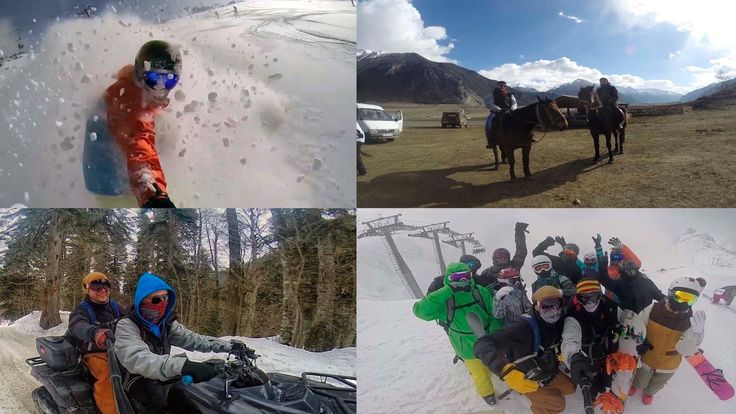 50 license plate fee when you first register your ATV. You will be issued a plate, a registration sticker and an attached registration document. The plate must be attached to the rear of the ATV, and the sticker should be placed at the right side of the plate. You should carry the registration document when operating your ATV.
50 license plate fee when you first register your ATV. You will be issued a plate, a registration sticker and an attached registration document. The plate must be attached to the rear of the ATV, and the sticker should be placed at the right side of the plate. You should carry the registration document when operating your ATV.
You may not operate any ATV anywhere in New York State, except on your own property, unless it is covered by liability insurance. Minimum required coverage is $50,000/$100,000 for death, $25,000/$50,000 for injury, and $10,000 for property damage in any one accident. You must show proof of this insurance upon the request of a judge, the police, or a person claiming to have suffered injury or property damage from your operation of the ATV.
If you move, cross out the old address on your registration document and write in the new one. You also must report your address change to the DMV within 10 days.
If your ATV has become stolen, you should immediately report the theft to the police. If the ATV is to be, or already has been, destroyed or permanently removed from New York State, you should surrender the plate and registration document to a local motor vehicle office.
If the ATV is to be, or already has been, destroyed or permanently removed from New York State, you should surrender the plate and registration document to a local motor vehicle office.
New York State honors valid out-of-state ATV registrations. If your home state does not require ATV registration, you must obtain a New York State registration before operating your ATV in this state.
You do not need a driver license to operate an ATV in New York State, but certain restrictions apply to operators under age 16.
If you are age 10 through age 15, you may operate an ATV only:

If you are under age 10, you may operate an ATV only:
Adult Supervision means being accompanied by a person at least 18 years of age, or a person 16 or 17 years of age who holds an ATV safety course completion certificate from an approved safety course provider.
ATV safety training courses approved by the Department of Motor Vehicles are available throughout the state. Telephone 1-800-887-2887 to enroll, or write to: ATV Safety Institute, Enrollment Express, 2 Jenner Street, Suite 150, Irvine, CA 92618-3806
ATV safety information also is available on the internet at www.nyatvsafety.net. Written questions about New York State's ATV or motorcycle safety programs should be addressed through the DMV web site or by mail:
NYS DMV
Motorcycle Safety Program
6 Empire State Plaza, Room 335
Albany, New York 12228
The application forms identified in this publication for ATV owners and operators are available at any motor vehicle office or at the DMV web site: dmv.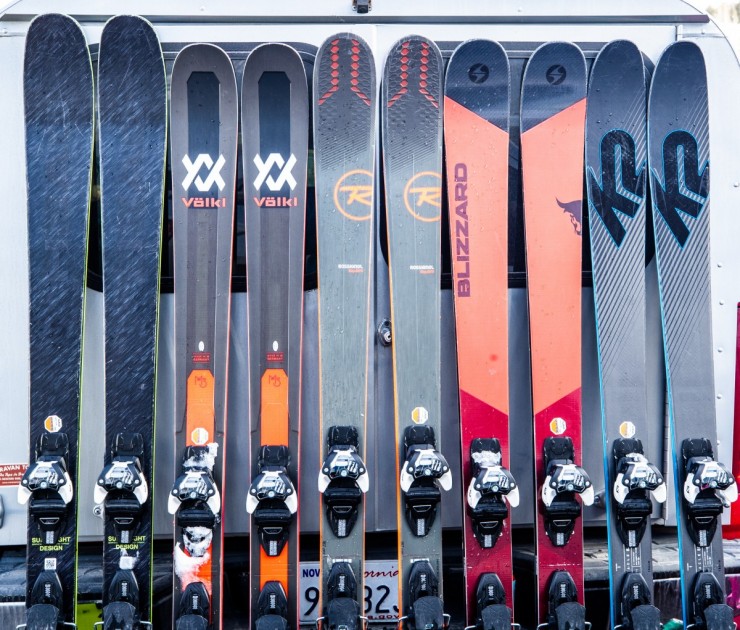 ny.gov
ny.gov
RESPONSIBILITY OF PARENTS AND OWNERS
A parent or guardian may not knowingly permit or authorize a child under age 16 to operate an ATV in violation of state or local laws. An ATV owner, or another person in possession of an ATV, may not knowingly permit or authorize any person under age 16 to operate an ATV in violation of any state or local law.
Both the owner and the operator of an ATV may be held liable for injury and/or damages resulting from an ATV accident.
DMV recommends you avoid crossing a highway unless absolutely necessary. If you cross, you must follow these rules:

You may not operate an ATV on a highway unless it has been designated and posted for ATV use by the state or local authority. Usually, only the part of a highway between two off-highway trails will be posted for ATV use. Check with local police to be sure. DMV recommends that you turn your headlight and taillight on and wear bright, reflective clothing whenever you ride on a highway. Always enter the highway with care, and yield to other traffic.
You may not operate an ATV on public land unless it is specifically designated for ATV use, and it is allowed by a posted sign.
To operate an ATV on private land, you must have permission of the land owner or lessee. If you receive permission, make sure you know the boundaries of the property, and respect any special restrictions or requests of the land owner.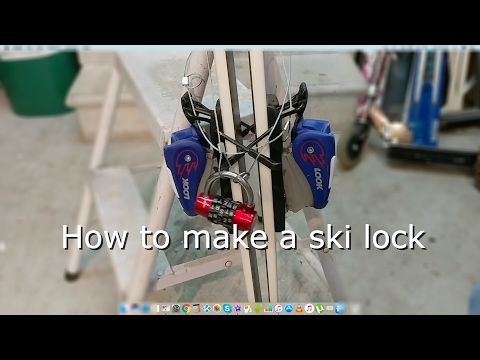 You could lose permission to ride on private land by littering, causing damage, or riding carelessly.
You could lose permission to ride on private land by littering, causing damage, or riding carelessly.
Whether you are the operator or passenger, you must wear a USDOT-approved helmet when riding an ATV. DMV recommends that you also wear a face shield or goggles, and protective clothes and footwear.
Your ATV must have the following equipment:
The law requires you to keep the ATV's headlight and taillight lighted when riding a half hour after sunset to a half hour before sunrise. For greater safety, DMV recommends you keep the lights on at all times.
In addition to obeying the ATV laws and rules, it is wise to ride your ATV with common sense and courtesy.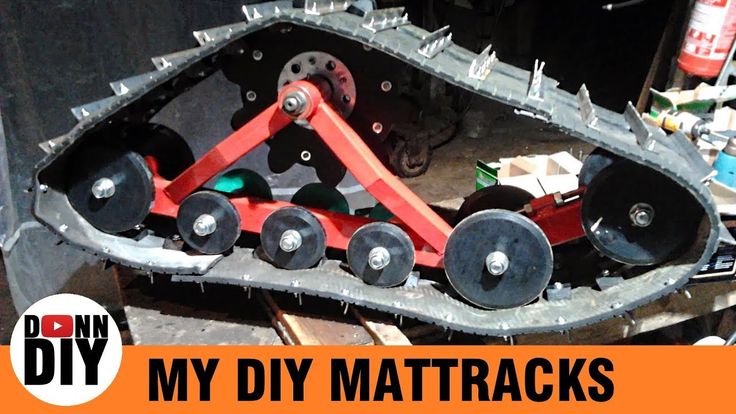 Having fun on an ATV does not include annoying others or taking foolish risks. ATV riders who ignore the rules and the rights of others may cause ATV operation to be restricted or prohibited on private and public lands.
Having fun on an ATV does not include annoying others or taking foolish risks. ATV riders who ignore the rules and the rights of others may cause ATV operation to be restricted or prohibited on private and public lands.

No locality may require its own ATV licenses or registrations, but it may impose additional restrictions or rules on ATV operation. Find out about special ATV rules in your area, and obey them.
The person in charge of an ATV special event or off-road competition must apply to the local jurisdiction for written authorization at least 30 days in advance, unless it is held entirely on private property.
If you are involved in an accident with your ATV, you must give your name and address, the name and address of the ATV owner and the plate number to injured persons, the owners of damaged property, and/or the police.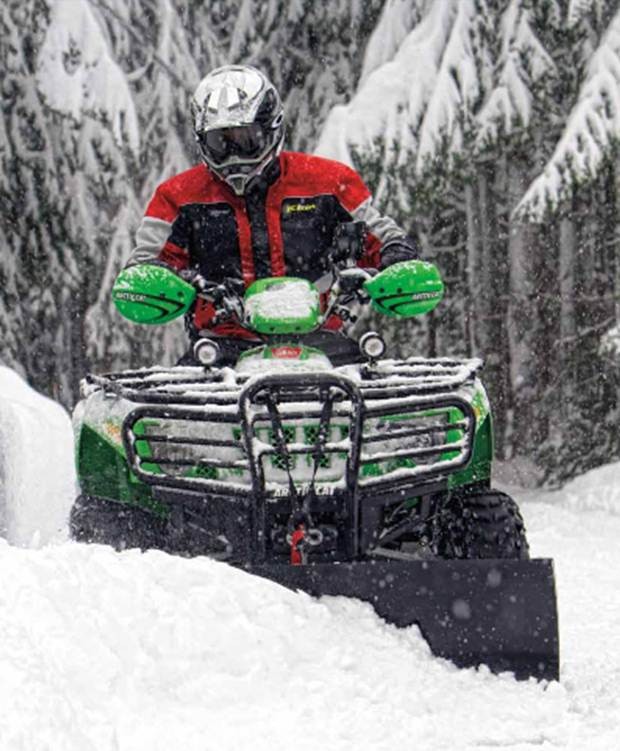 You also must show proof of insurance to persons claiming to have suffered injury or damage. If property is damaged, and you cannot locate the owner, you must give the above information to police as soon as possible.
You also must show proof of insurance to persons claiming to have suffered injury or damage. If property is damaged, and you cannot locate the owner, you must give the above information to police as soon as possible.
You must immediately report to the police any accident that involves death, personal injury or damage estimated at $600 or more to the property of any one person.
You must also file a Report of Motor Vehicle Accident (MV-104) with the Department of Motor Vehicles about an accident that results in a fatality, personal injury, or property damage estimated at $1,000 or more. You must file the report within 10 days of the accident and send a copy to the county sheriff or police commissioner.
If you are incapacitated, the written report may be filed by another party familiar with the accident. The investigating police officer must also file a written report, but that does not relieve you of your legal responsibility to file one.
Failure to report an accident is a misdemeanor.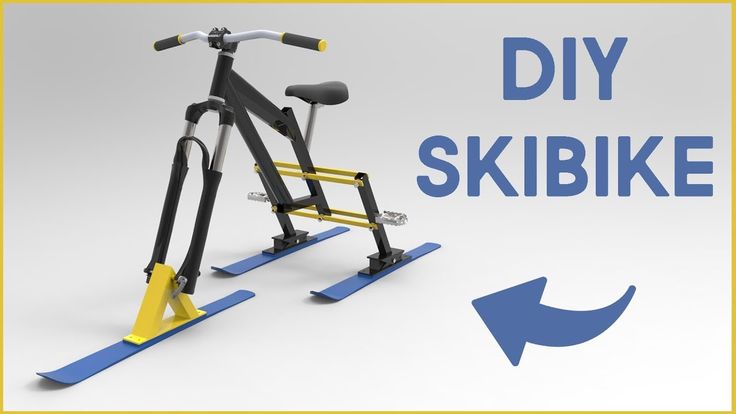 A conviction may result in suspension or revocation of your safety training certificate and/or the ATV registration.
A conviction may result in suspension or revocation of your safety training certificate and/or the ATV registration.
The Department of Motor Vehicles may suspend your safety training certificate and/or the ATV registration until you file an acceptable written report.
Additional information can be found at: Register and title a recreational vehicle (snowmobile, boat, moped or ATV)
NEW YORK STATE DEPARTMENT OF MOTOR VEHICLES
Mark J. F. Schroeder, Commissioner
C-29 (4/07) Edited for the Internet 10/14
Return to DMV Publications
Published: Author: Alekseev Alexey
As you know, there are many ways to develop homemade skis for a snowmobile. As a matter of fact, the ski includes a base, a shock-absorbing element, a fork, a rod, link legs and a bipod for the fork. In some designs, for strength, an amplifier and, accordingly, a skate are added.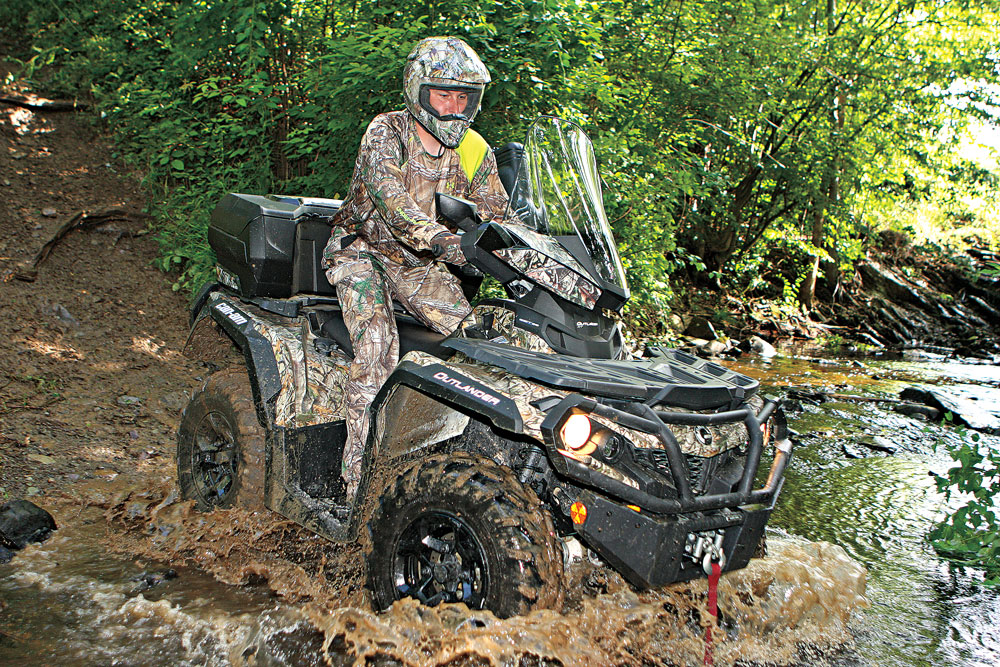
Homemade skis can be made from plastic pads. Therefore, in a specialized store they buy expanders that are attached to the snowmobile chassis due to home-made fastening. For example, you can easily make a small homemade snowmobile with plastic skis. Why small sizes? - such a snowmobile will not weigh much, which means that the load on the skis will be minimal. These miracle "machines" are an engine from Soviet mopeds on a frame where the seat is mounted.
Metal skis are much more difficult to manufacture and even more difficult to sell on a snowmobile. To develop metal skis you will need:
Parameters of the future track: length - 1000 mm; width-25 mm. These skis are ideal for both small snowmobiles and large vehicles like utility snowmobiles.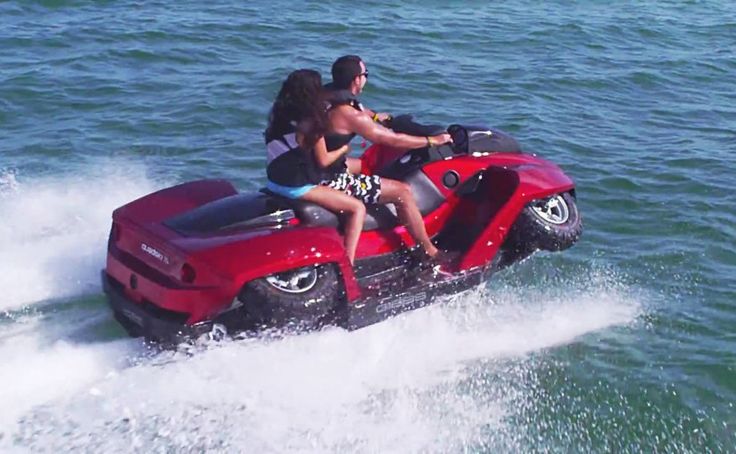 The mass of one ski track will reach about 7 kg. Before starting the main work, it is extremely important to set the shape of the skis. To do this, use a stencil made of cardboard. Cut out the shape directly, create a bend in front of the ski. The angle of the bend is at the discretion of the future owner of these skis. If you overdo it with a bend, then the ski track will not slide on the snow, but will collect it, and thus the braking of the equipment will occur. To prevent the skis from bending at the first contact with a stone or stump, a pipe is welded along the edges. The so-called stiffener will strengthen the structure. At the bend, the pipe must be welded strictly along the contour. Next, we create a platform for the depreciation system. Its installation is carried out with bolts to the skis. The connection of the site with the bow of homemade skis is carried out thanks to a hydraulic pipe. Thus, the upper component of the track is completed.
The mass of one ski track will reach about 7 kg. Before starting the main work, it is extremely important to set the shape of the skis. To do this, use a stencil made of cardboard. Cut out the shape directly, create a bend in front of the ski. The angle of the bend is at the discretion of the future owner of these skis. If you overdo it with a bend, then the ski track will not slide on the snow, but will collect it, and thus the braking of the equipment will occur. To prevent the skis from bending at the first contact with a stone or stump, a pipe is welded along the edges. The so-called stiffener will strengthen the structure. At the bend, the pipe must be welded strictly along the contour. Next, we create a platform for the depreciation system. Its installation is carried out with bolts to the skis. The connection of the site with the bow of homemade skis is carried out thanks to a hydraulic pipe. Thus, the upper component of the track is completed.
The bottom part will be created from the ridge. To do this, we fix the hydraulic pipe at four points. Before final fixing, the pipe must be compressed. After that, we fasten the polyethylene pipe using self-tapping screws. In order for the pipe to fit perfectly on the metal base, it must be straightened. To do this, it will be enough to cut it. A good alternative to a polyethylene pipe is a pipe made of polypropylene. They are used in the laying of sewers. True, sewer pipes are afraid of low temperatures. The final step is painting homemade skis.
To do this, we fix the hydraulic pipe at four points. Before final fixing, the pipe must be compressed. After that, we fasten the polyethylene pipe using self-tapping screws. In order for the pipe to fit perfectly on the metal base, it must be straightened. To do this, it will be enough to cut it. A good alternative to a polyethylene pipe is a pipe made of polypropylene. They are used in the laying of sewers. True, sewer pipes are afraid of low temperatures. The final step is painting homemade skis.
Experienced snowmobile pilots don't recommend reinventing the wheel, they unanimously say to prefer factory options. Only in the event of a lack of funds or the inability to find a specific model of skis, you need to develop your own "option" of skis for a snowmobile. You don't need to be an expert to understand one simple thing - factory skis are made specifically for a snowmobile, developed by experienced engineers and undergo many tests that confirm the quality of the final product.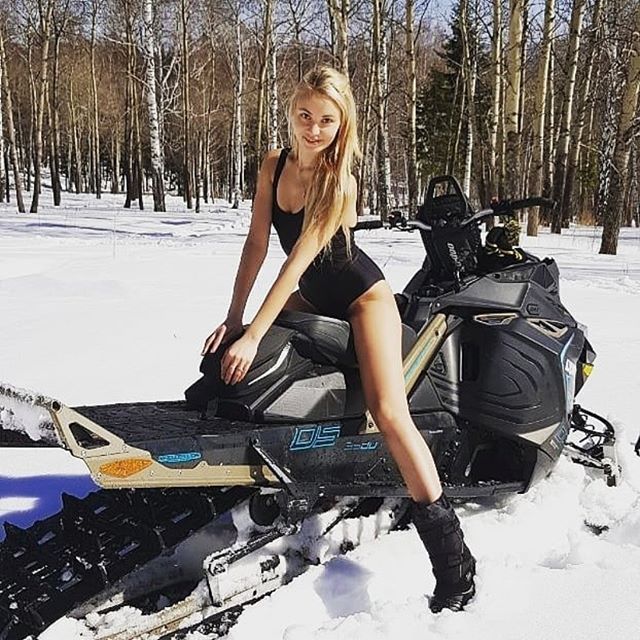 Moreover, if your snowmobile is not cheap, then it is better in case of a breakdown of the standard ones, buy the same model of skis in a specialized store. For example, it will not be difficult to purchase skis for the Dingo snowmobile. But, in the end, the choice is up to each individual - to purchase in a store or develop homemade skis.
Moreover, if your snowmobile is not cheap, then it is better in case of a breakdown of the standard ones, buy the same model of skis in a specialized store. For example, it will not be difficult to purchase skis for the Dingo snowmobile. But, in the end, the choice is up to each individual - to purchase in a store or develop homemade skis.
How do you like the article?
Today, ATVs are very popular in the modern world. This is a small vehicle that looks a bit like a motorcycle, but the ATV has more than 2 wheels. Trunk - the luggage compartment of an ATV, it is designed to carry the necessary things. Panniers can be front and rear, rear panniers are more popular.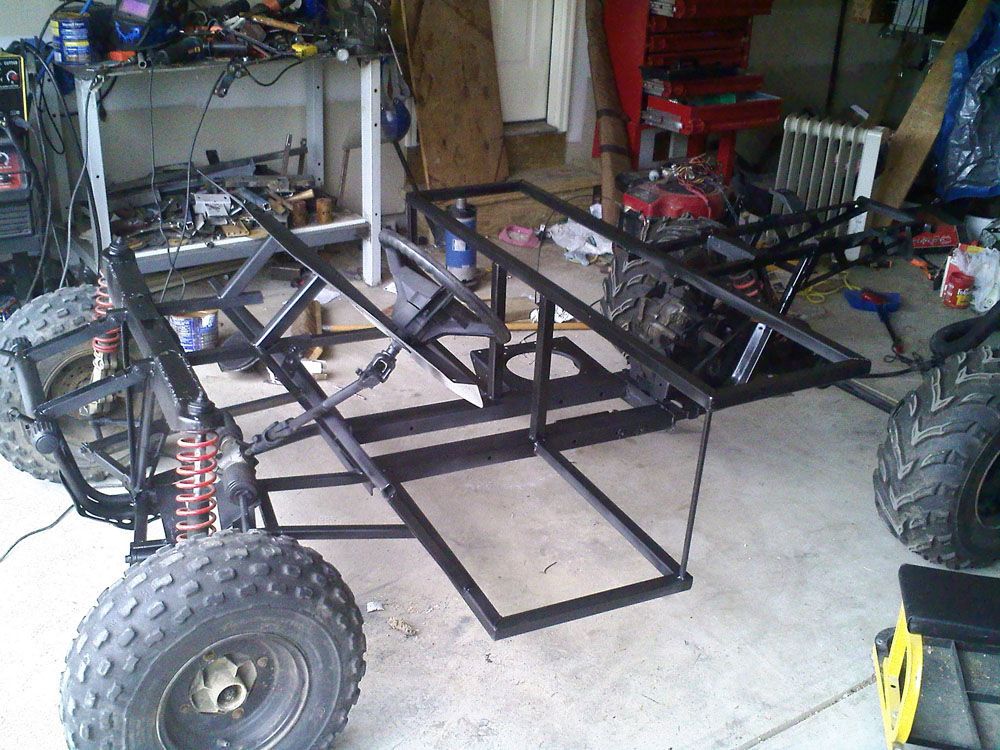 Such wardrobe trunks cost a lot separately, so now I will tell you how to make such a wardrobe trunk with your own hands, while saving a lot of money.
Such wardrobe trunks cost a lot separately, so now I will tell you how to make such a wardrobe trunk with your own hands, while saving a lot of money.
In order to create a homemade wardrobe trunk you will need:
- Foamed plastic or hard foam, there is not much difference here, you can choose any one, the thickness of which will be at least 10 mm, 6 mm can be on the bottom
- Glue for plastic
- Self-tapping screws
- Metal ruler (approximately 1-1.5 meters)
- Bulgarian
- Tools for fastening and fixing
- Screwdriver
If you do not have special tools for cutting plastic, you can take a regular clerical knife or blade. ATTENTION! if you cut plastic with a blade, wear a glove on your working hand, there are many cases when people cause mini-injuries to themselves by cutting themselves on the edge of the plastic.
To make your own ATV case, follow these steps:
1. The first step is to cut out the bottom for your future case.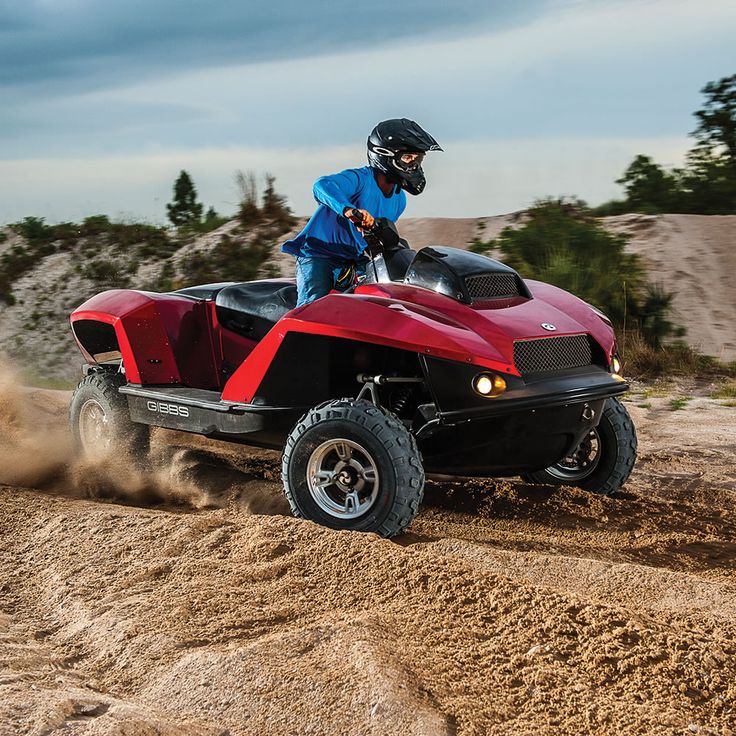 To do this, you need to measure the area where you want the trunk to be located, then all measurements must be transferred to foam or plastic and cut the bottom according to measurements using a grinder. All precautions should be observed, first of all, protect eyes, hands, clothes during work.
To do this, you need to measure the area where you want the trunk to be located, then all measurements must be transferred to foam or plastic and cut the bottom according to measurements using a grinder. All precautions should be observed, first of all, protect eyes, hands, clothes during work.
2. Once we have finished making the bottom, we need to make the side walls of the trunk. To do this, we measure again and, having received the necessary parameters, we transfer them to polystyrene or plastic and cut out the necessary pieces from polystyrene or plastic. Next, we fix them well to the bottom with screws and glue.
3. After gluing the side walls, it's already starting to look like a trunk, the next step is to file all the edges so that we get smooth and even corners of the case.
4. Next, after processing the corners, we proceed to the lid of our trunk. In order to make the trunk lid, we again go to foam or plastic, measure the almost completed wardrobe trunk and transfer the resulting dimensions of the lid, cut it out with a grinder, observing all precautions. After we have received the desired piece of foam or plastic, we attach it to the already made wardrobe trunk with the help of hinges that are used in door structures, you can also use other materials for fastening at this stage, because the hinges can take up an amount of space in your case.
After we have received the desired piece of foam or plastic, we attach it to the already made wardrobe trunk with the help of hinges that are used in door structures, you can also use other materials for fastening at this stage, because the hinges can take up an amount of space in your case.
5. Now you have attached the cover of the trunk, at this stage you have already got a full-fledged trunk, but for the beauty and attractiveness of the trunk, as well as to match the color of your ATV, you should give the trunk a beautiful look. There are many options here on how to do this. You can paint it in the color of your ATV, you can paste over it with a film and there are many such options, but the choice is yours!
In addition to using hinges to secure the lid, other fastening materials can be used to secure the lid.
Also, for convenient storage and transportation of various substances and materials, the wardrobe trunk can be divided into several parts, sections.
The most important thing in this business is not to be afraid to fantasize and experiment.